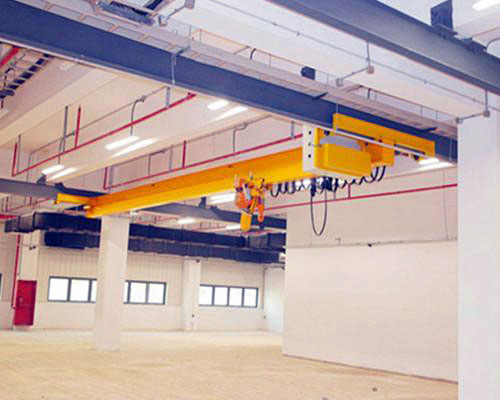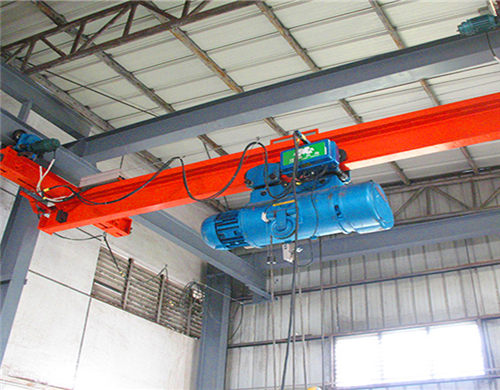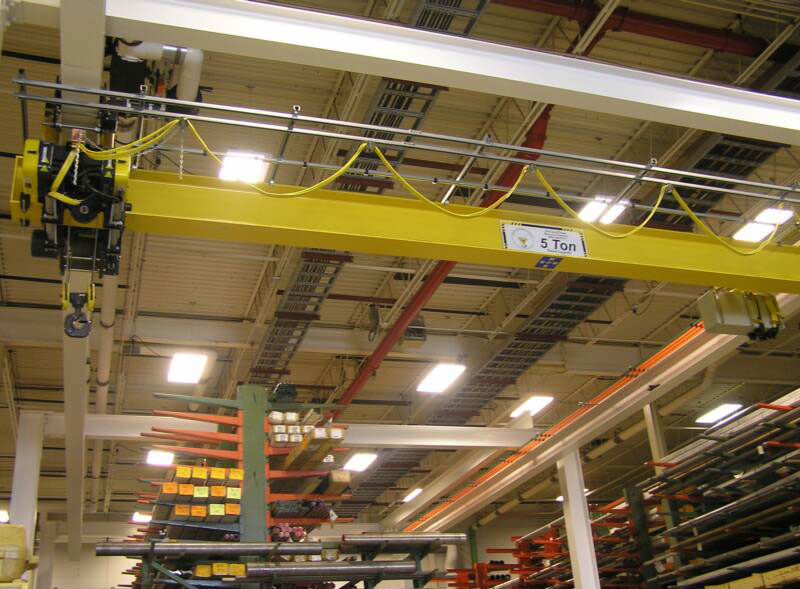Are you acquainted with all of the different features of underhung overhead cranes? If not, then you could be missing out on using such useful crane efficiently. Making use of overhead cranes in the proper fashion involves being an expert on all of the features available on such a crane. In addition, achieving efficiency with using overhead cranes means being able to account for all of the different financial consequences that arise from putting this crane to work. Hence, here are some things you may not know about underhung overhead cranes.

The hazards that are involved with using underhung overhead cranes are often overlooked. Hazards are always present on construction sites, however, hazards come in many different forms. Many people often think of hazards as purely the risk of physical harm to individuals such as workers. However, when it comes to such a large tool such as a crane, other hazards such as damage to other equipment and the site itself are very real risks. Hence, not taking into account these kinds of risks could mean that the construction project won’t be able to live up to the expectations that have been held by the client.
Hazard management involves looking at all of the different issues a critical piece of equipment as underhung overhead crane could pose to the site. As mentioned, the most important and most productive hazard to look into is the hazard posed to humans. However, only looking at this kind of risk is not enough to ensure that the underhung overhead crane is put to proper use on the site. The other risks such as the risk of damage to nearby buildings or to constructions that are yet to be completed on site must be taken into account. The proper hazard assessment should be invested in whenever using this crane on a large-scale site. Comparing with top running overhead crane, they have different structures.
Thankfully, the hazard assessments that are required for a site that uses underhung overhead cranes is quite simple compared to other types of hazard assessments. There are trained professionals in every city that are able to provide an in-depth inspection of a site to provide the best tips and guidelines regarding minimization of all risks that arise from using such a large crane. Lots of managers think that these tips and recommendations will serve no benefit to boosting the outcomes of the project. However, as mentioned, being able to reduce the risk of damage to other buildings or other tools can be critical in maintaining profitability.

Hence, hazards should always be looked into when utilizing underhung overhead cranes. These large overhead cranes can make a project become very efficient, however, still pose general risks of harm and damage. In order to provide everyone on the site peace of mind, it’s important management embrace principles of hazard management and prevention to make sure that no major problems occur. Keeping in mind that a major problem can set back a project by months, management should view hazard prevention strategies as a key way of ensuring that they can bring forth a profit from completing any contracts.
Have a peek at these: https://ellsenoverheadbridgecrane.com/underhung-crane/
